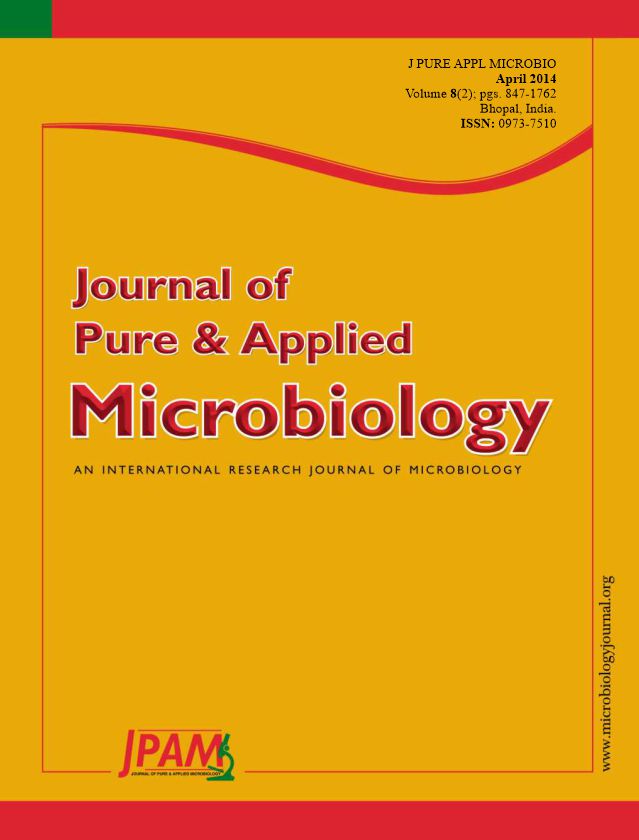The impact of six different herbicides representing several chemical families on soil microbial community was investigated using laboratory microcosm approach. The herbicides consisted of isoproturon, metribuzin, clodinafop propargyl, atlantis (mesosulfuron methyl + idosulfuron methyl sodium) and sulfosulfuron applied at normal agricultural rates. The sixth herbicide namely UPH-110 (Clodinafop propargyl 12% + Metribuzin 42% WG) was tested at four different application rates. The impact was assessed on various soil biological health indicators viz, microbial biomass carbon, soil respiration, dehydrogenase and phosphatase activities. The response of microbial community was mixed. Overall among the various methodological approaches adopted, dehydrogenase activity was most sensitive and microbial biomass carbon the least under the existing conditions. Interestingly, the sensitivity of acid phosphatase towards the applied herbicides was more than alkaline phosphatase. Influence whether positive or negative was however only transitory except UPH-110 @ 1000 g ha-1 in case of soil respiration. The influence of UPH-110 was dose dependent. Significant toxic impact was mostly observed at higher concentrations (600 and 1000 g ha-1). The magnitude of hazard and duration of toxicity increased as the dose increased.
Herbicide, Microbial biomass carbon, Microbial activity, Phosphatase activity, Soil Respiration, Dehydrogenase activity
© The Author(s) 2014. Open Access. This article is distributed under the terms of the Creative Commons Attribution 4.0 International License which permits unrestricted use, sharing, distribution, and reproduction in any medium, provided you give appropriate credit to the original author(s) and the source, provide a link to the Creative Commons license, and indicate if changes were made.


